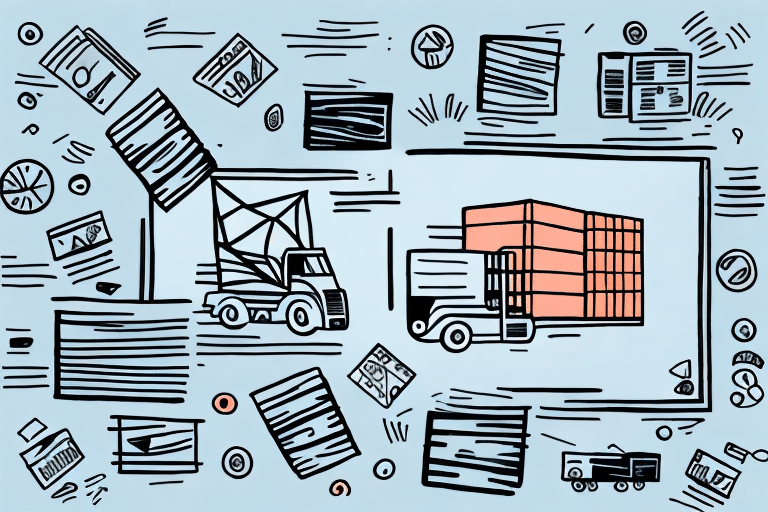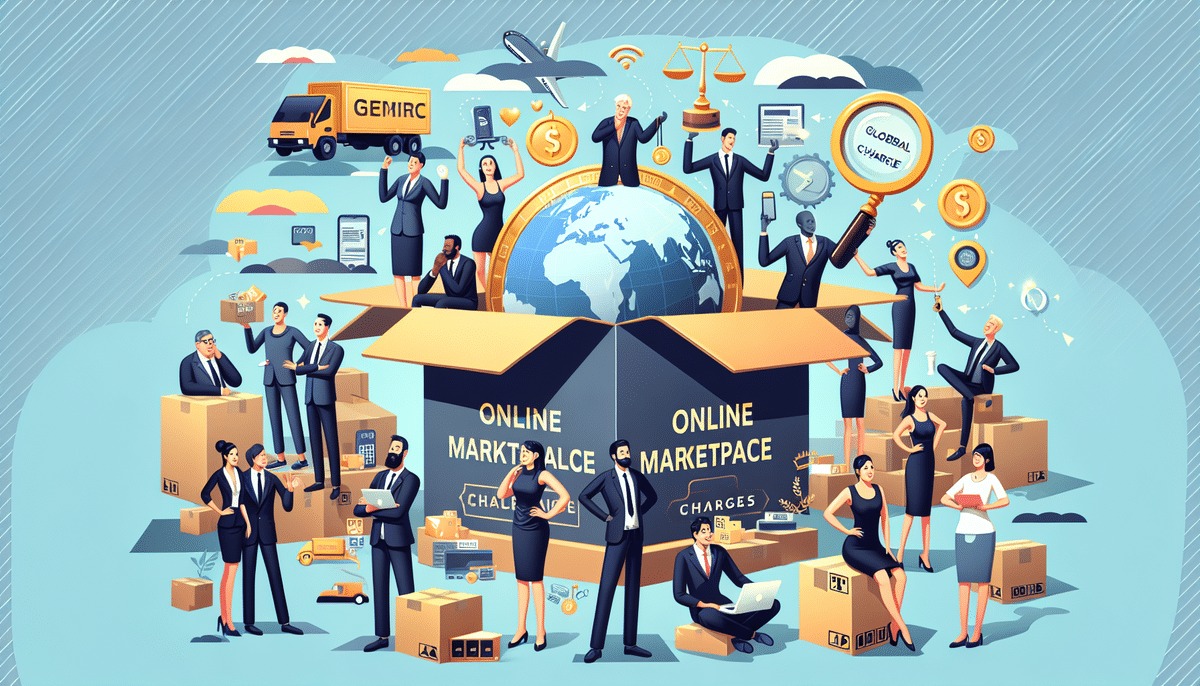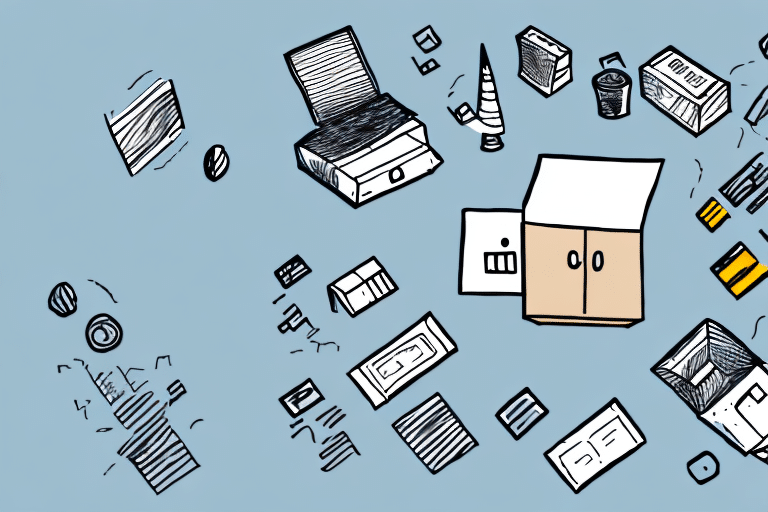Understanding the Cost of Amazon FBA: What You Need to Know
If you're an Amazon seller, you've probably heard of the Fulfilled By Amazon (FBA) service. FBA allows you to store your products in Amazon's warehouses, handling the shipping, customer service, and returns for you. This service can significantly scale your business by outsourcing logistics, but it's crucial to understand the associated costs and fees before committing.
Breakdown of Amazon FBA Fees
Fulfillment Fees
Fulfillment fees cover the picking, packing, and shipping of your products. These fees are calculated based on the size and weight of your items, as well as the shipping destination.
- Standard-Size Items: Typically incur lower fees and are suitable for small and lightweight products.
- Oversize Items: Higher fees due to increased handling requirements.
For detailed fee structures, refer to Amazon's Fulfillment by Amazon Fee Schedule.
Storage Fees
Storage fees are charged based on the volume your inventory occupies in Amazon's fulfillment centers. These fees can vary seasonally, with higher rates during the holiday months.
- Monthly Storage Fees: Applied for inventory stored for less than 365 days.
- Long-Term Storage Fees: Additional charges for items stored over a year, assessed twice annually.
Understanding these fees can help you manage your inventory more effectively and reduce unexpected costs.
Additional Fees
Depending on your product and handling requirements, additional fees may apply:
- Prep Services: Fees for labeling, polybagging, or other preparation services.
- Special Handling: Charges for products requiring specific handling, such as hazardous materials or oversized items.
Calculating Your Amazon FBA Costs
Using Amazon's Fee Calculator
Amazon provides a FBA Fee Calculator to help estimate your costs based on product dimensions, weight, and category. This tool offers a preliminary view, but actual fees may vary due to factors like seasonal changes and demand fluctuations.
Considering Product Categories
Different product categories have varying fee structures. For instance, electronics might have different referral and fulfillment fees compared to clothing or books. Researching your specific category is essential for accurate cost estimation.
Additional Costs to Factor In
Beyond fulfillment and storage fees, consider other expenses such as:
- Referral Fees: A percentage of each sale, typically ranging from 6% to 45% depending on the category.
- Advertising Costs: Expenses related to promoting your products on Amazon.
All these factors collectively impact your overall profitability on the platform.
Impact of Product Size and Weight on FBA Fees
Size Tier Classification
Amazon categorizes products into size tiers, which directly influence fulfillment and storage fees. Understanding these classifications can help you optimize your product listings:
- Small Standard-Size: Items up to 12 x 9 x 0.75 inches.
- Large Standard-Size: Items up to 18 x 14 x 8 inches.
- Oversize: Items exceeding standard size limits.
Strategies to Minimize Fees
Reducing the size and weight of your products can lead to significant savings:
- Use lightweight packaging materials.
- Design products that are compact and efficient in packaging.
- Regularly review and adjust product dimensions to fit optimal size tiers.
These adjustments not only lower fees but can also improve shipping speeds and customer satisfaction.
Strategies to Reduce Amazon FBA Costs
Optimize Inventory Management
Effective inventory management can prevent excess storage and reduce long-term storage fees:
- Implement inventory forecasting to align stock levels with demand.
- Regularly audit inventory to remove slow-moving items.
Enhance Product Listings
Optimizing your product listings ensures they are accurately categorized and titled, which can help in reducing prep and storage fees:
- Use clear and concise product titles.
- Include detailed descriptions and high-quality images.
Leverage Multi-Channel Fulfillment
Amazon's Multi-Channel Fulfillment (MCF) can handle orders from other sales channels, potentially reducing overall shipping costs by consolidating shipments.
Partner with Third-Party Logistics (3PL) Providers
Integrating a reputable 3PL provider can offer more control over your fulfillment process and potentially lower costs by optimizing warehousing and shipping strategies.
Comparing Amazon FBA with Other Fulfillment Methods
Self-Fulfillment
Handling fulfillment internally gives you complete control over the process but requires significant time and resources. This method may be cost-effective for businesses with lower sales volumes.
Third-Party Fulfillment Services
Using services like 3PL providers can offer a balance between cost and control. These providers specialize in warehousing and shipping, allowing you to focus on other aspects of your business.
Hybrid Approach
Combining Amazon FBA with other fulfillment methods can optimize costs and efficiency. For instance, using FBA for high-demand items while self-fulfilling niche products can be a strategic approach.
Future Trends and Cost Implications of Amazon FBA
Technological Advancements
Advancements in automation and AI could streamline Amazon's fulfillment processes, potentially reducing fees over time. Staying informed about these changes can help you adapt your strategies accordingly.
Policy and Fee Adjustments
Amazon regularly updates its fee structures and policies. Keeping up-to-date with these changes ensures you can anticipate and manage any impact on your costs.
Market Competition
As more sellers adopt FBA, increased competition may influence pricing and fees. Developing a unique value proposition and maintaining efficient operations will be critical for sustained profitability.
Conclusion: Navigating the Cost of Amazon FBA
Amazon FBA offers a robust solution for scaling your e-commerce business by handling logistics and fulfillment. However, understanding and managing the associated costs is essential for maintaining profitability. By analyzing fee structures, optimizing product size and inventory management, leveraging various fulfillment strategies, and staying informed about industry trends, you can effectively navigate the complexities of Amazon FBA and drive your business towards success.








